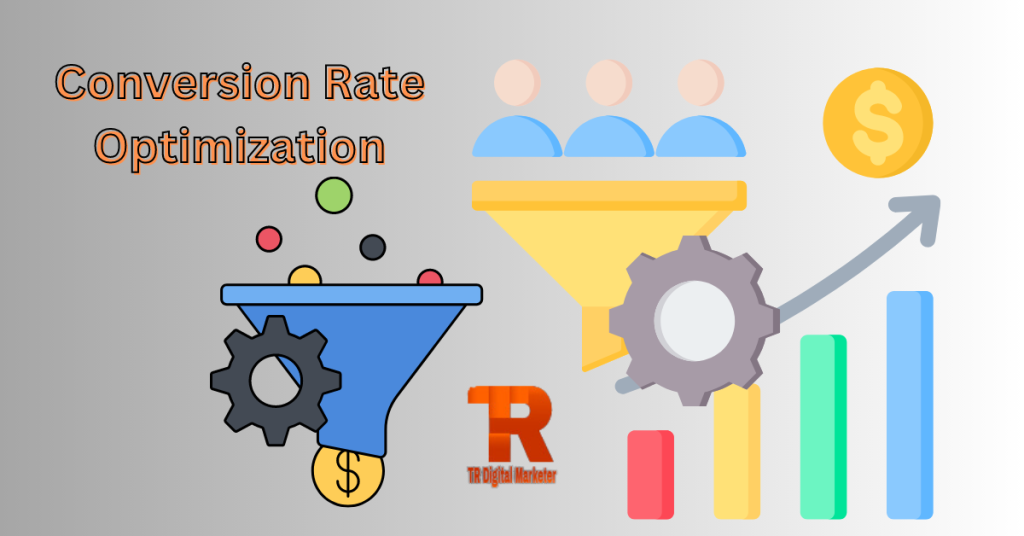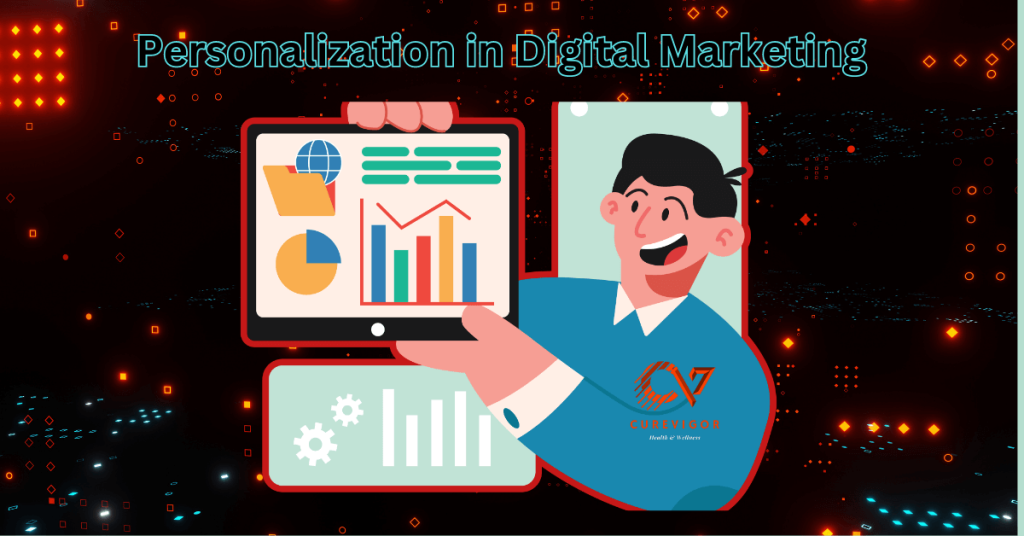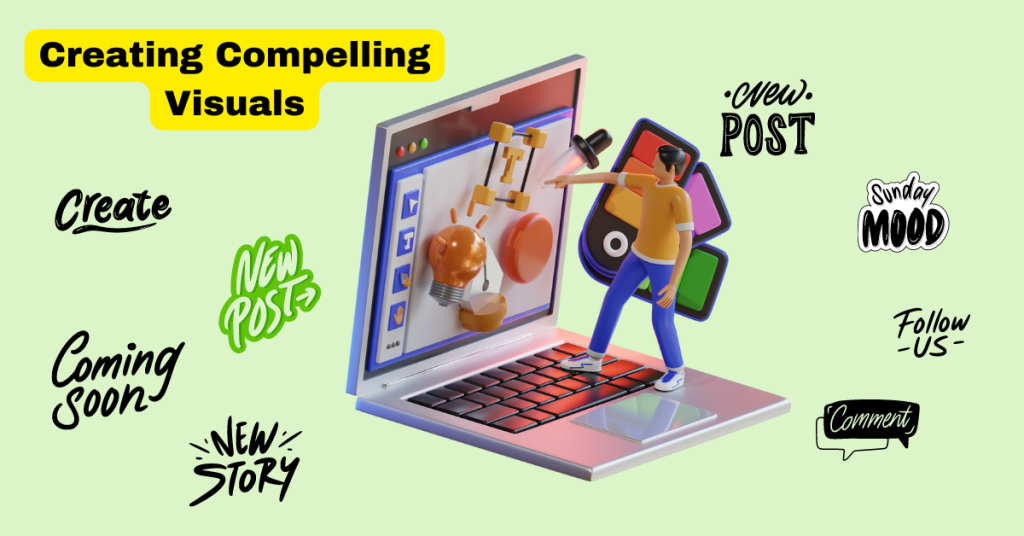How to Optimize Conversion Rate, and Techniques for Boosting Your Sales
Learn effective techniques for optimizing your conversion rates and skyrocketing your sales. Maximize Sales Growth through Conversion Rate Optimization Chapter Table I. Introduction What is Conversion Rate Optimization (CRO)? The importance of CRO for boosting sales II. Understanding Conversion Rates Defining conversion rates Why tracking and analyzing conversion rates is crucial III. Key Elements of Conversion Rate Optimization User Experience (UX) and its Impact on Conversions Design and layout considerations for improving conversions Effective call-to-action (CTA) strategies A/B testing and its role in CRO Website loading speed and its influence on conversions IV. Optimizing Landing Pages for Conversions Importance of well-designed landing pages Creating compelling headlines and subheadings Crafting persuasive copy and engaging content Use of visuals and multimedia elements Streamlining the conversion process V. Optimizing Product Pages Enhancing product descriptions High-quality product images and videos Reviews and social proof Clear pricing and offers Simplified checkout process VI. Using Personalization to Increase Conversions Tailoring content to the target audience Implementing dynamic and personalized recommendations Customizing user journeys and experiences VII. Leveraging Social Proof and Testimonials The Power of social proof in influencing buying decisions Displaying customer testimonials and reviews Showcasing social media engagement and followers VIII. Implementing Trust Signals The importance of trust in online transactions Trust badges and security seals Privacy policies and data protection Customer support and contact information IX. Optimizing Mobile Experience for Conversions Mobile-friendly design and responsiveness Streamlined navigation and user interface Mobile-specific CTAs and checkout process X. Analyzing and Monitoring Conversion Rates Setting up conversion tracking and analytics tools Key metrics to monitor for CRO Utilizing heatmaps and user behavior analysis XI. Retargeting and Remarketing Strategies Targeting users who have shown interest Tailoring ads and offers based on user behavior Cross-channel remarketing techniques XII. CRO for E-commerce Websites Cart abandonment and recovery strategies Upselling and cross-selling techniques Product recommendations and personalized offers XIII. CRO for Lead Generation Websites Optimizing lead capture forms Crafting compelling lead magnets Nurturing leads through effective email marketing XIV. CRO for Service-Based Websites Converting website visitors into inquiries or bookings Showcasing expertise and testimonials Streamlining the inquiry or booking process XV. Conclusion Conversion Rate Optimization: Techniques for Boosting Your Sales Introduction When it comes to running a successful online business, it’s not just about driving traffic to your website. Converting that traffic into paying customers is equally crucial. This is where Conversion Rate Optimization (CRO) comes into play. In this article, we will explore effective techniques for boosting your sales through CRO. Understanding Conversion Rates Conversion rates refer to the percentage of website visitors who take a desired action, such as making a purchase, subscribing to a newsletter, or filling out a form. Tracking and analyzing conversion rates is essential to identify areas for improvement and optimize your website’s performance. Key Elements of Conversion Rate Optimization User Experience (UX): A seamless and intuitive user experience is critical for driving conversions. By analyzing user behavior and feedback, you can make informed decisions to improve the overall experience. Design and Layout Considerations: The design and layout of your website can significantly impact conversions. Clear and visually appealing designs, strategic placement of elements, and easy navigation contribute to a positive user experience. Effective Call-to-Action (CTA) Strategies: Well-crafted and strategically placed CTAs can guide users toward desired actions. Compelling copy, contrasting colors, and strategic placement of CTAs can make a significant difference in conversion rates. A/B Testing: A/B testing involves comparing two versions of a webpage or element to determine which performs better in terms of conversions. By testing different variations, you can make data-driven decisions to optimize your website for higher conversions. Website Loading Speed: Slow-loading websites can lead to high bounce rates and lost conversions. Optimizing your website’s loading speed is crucial for providing a smooth user experience and improving conversion rates. Optimizing Landing Pages for Conversions Landing pages are often the first point of contact for potential customers. Optimizing them for conversions is vital for maximizing your sales opportunities. Compelling Headlines and Subheadings: Catchy and persuasive headlines and subheadings can grab users’ attention and encourage them to explore further. Persuasive Copy and Engaging Content: The content on your landing pages should communicate the value proposition of your product or service. Compelling copy that addresses users’ pain points and highlights benefits can significantly impact conversions. Use of Visuals and Multimedia Elements: Incorporating relevant images, videos, and infographics can enhance engagement and make your landing pages more visually appealing. Visual elements can help convey information quickly and effectively. Streamlining the Conversion Process: Simplify the conversion process by reducing form fields, providing guest checkout options, and ensuring a smooth transition from browsing to purchasing. Optimizing Product Pages Product pages play a crucial role in driving conversions for e-commerce websites. Implement the following strategies to optimize your product pages: Enhancing Product Descriptions: Well-written and detailed product descriptions can provide valuable information to potential customers and address any concerns or questions they may have. High-Quality Product Images and Videos: Clear, high-resolution images and videos showcasing your products from different angles and contexts can build trust and allow customers to make informed purchasing decisions. Reviews and Social Proof: Displaying customer reviews, ratings, and testimonials can significantly influence buying decisions. Positive social proof increases trust and credibility. Clear Pricing and Offers: Transparent pricing and any special offers or discounts should be displayed on your product pages. Hidden costs or confusing pricing can lead to abandoned carts. Simplified Checkout Process: Streamline the checkout process by minimizing steps, providing progress indicators, and offering multiple secure payment options. Reduce friction and make it easy for customers to complete their purchases. Using Personalization to Increase Conversions Personalization is a powerful tool for improving conversions by tailoring the user experience to individual preferences and needs. Tailoring Content to the Target Audience: By analyzing user data and segmentation, you can deliver personalized content and recommendations that resonate with your target audience. Implementing Dynamic and Personalized Recommendations: Displaying personalized product recommendations based on browsing history and purchase behavior can drive higher conversions. Customizing User Journeys










